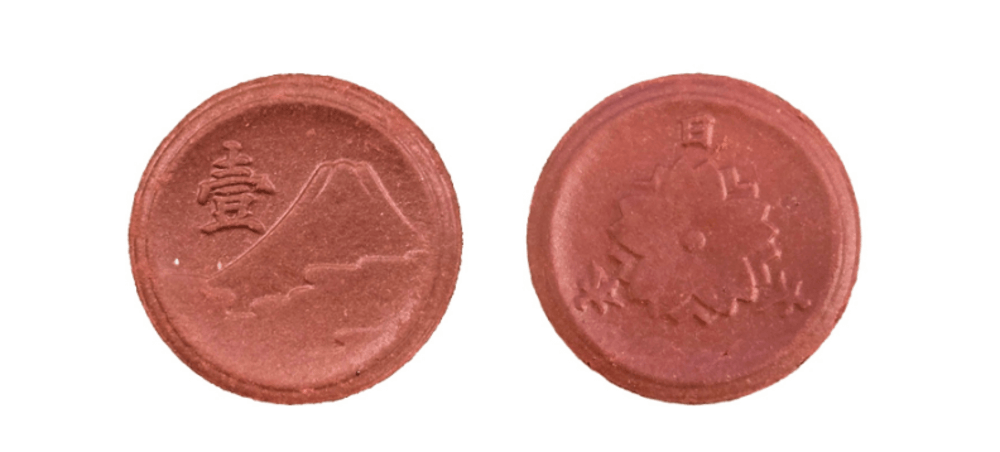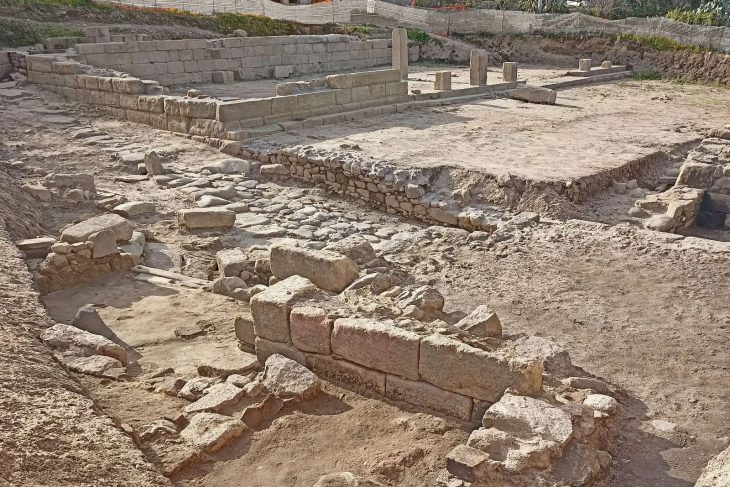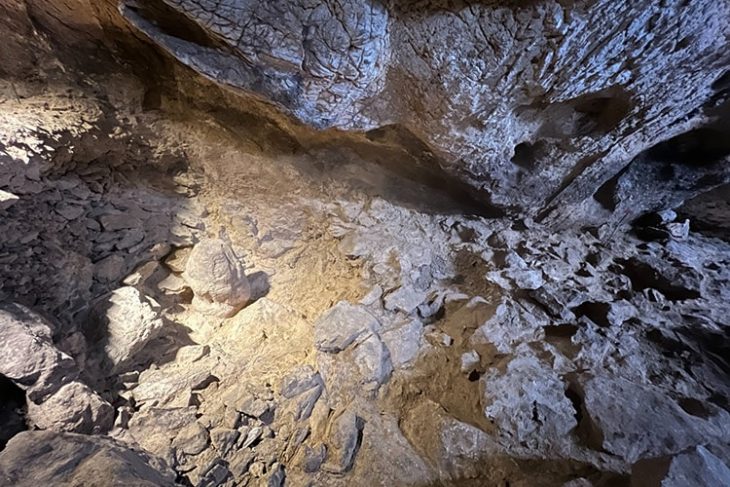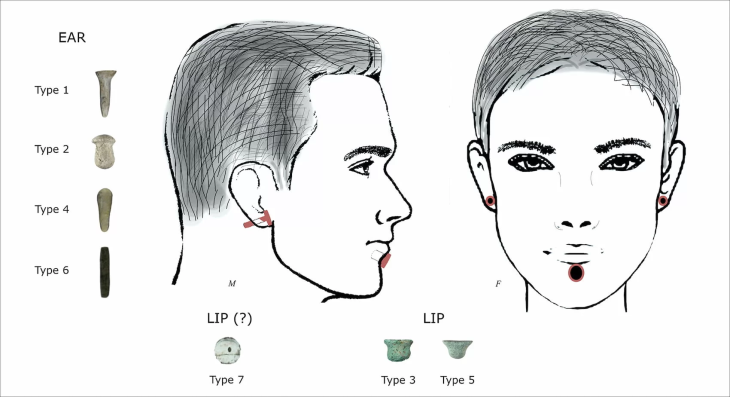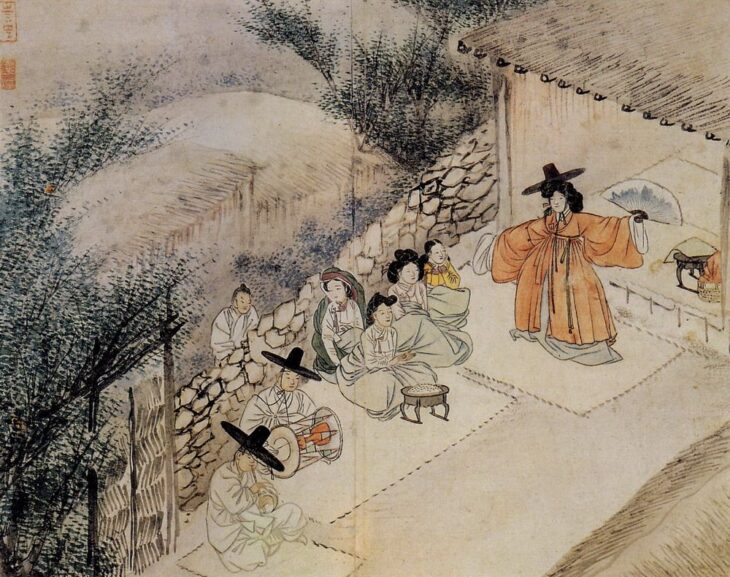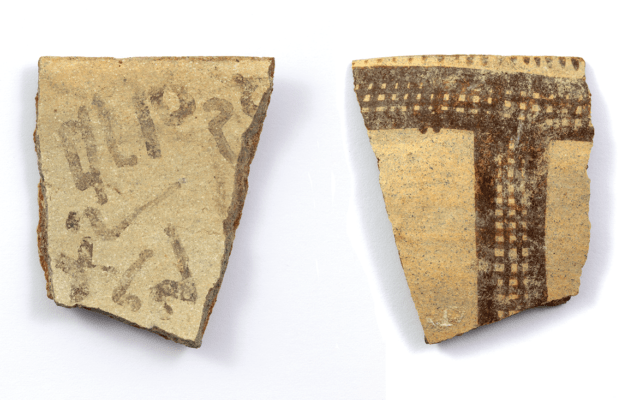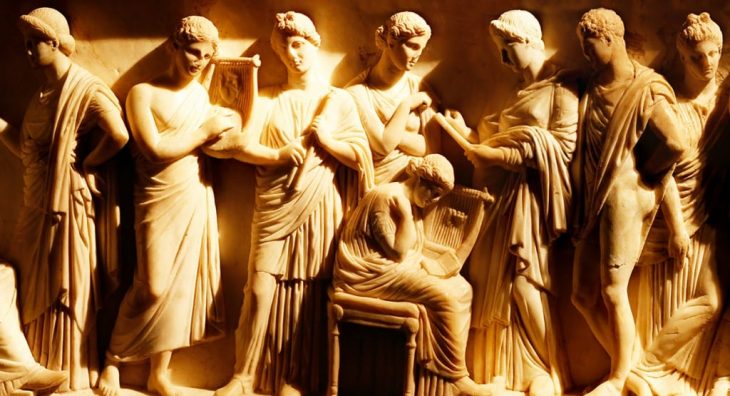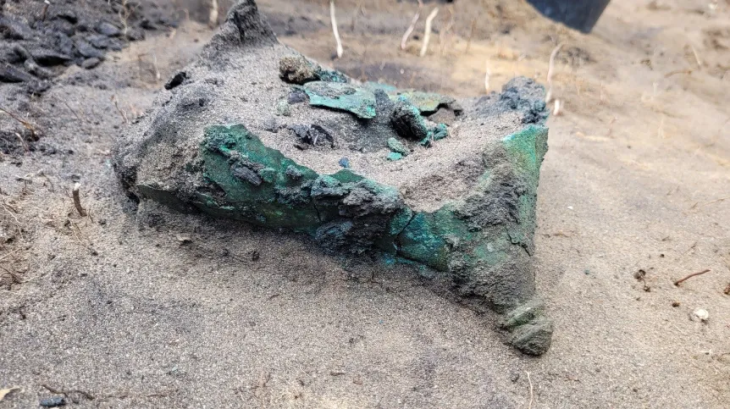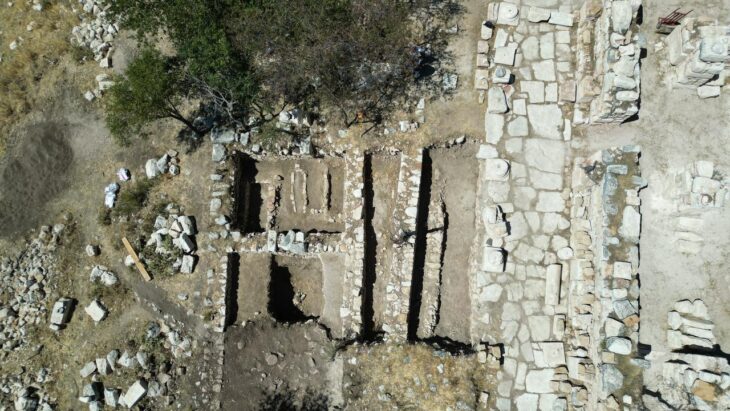About 500,000 Maboroshi (phantom) ceramic coins manufactured due to metal shortages during World War II were discovered in a warehouse at the site of a former manufacturer in the city of Kyoto.
These long-lost relics were circulated briefly and were thought to have been destroyed after the war. The coins were discovered, stashed in 15 wooden boxes at Shofu Inc.’s Kyoto site, the former Shofu Industry Corporation, which had crafted them during the war.
The coins are in denominations of a single “sen” and have a diameter of 15 millimeters, with one side decorated with Mount Fuji and the other cherry blossoms. One sen is said to be worth 1/100 of a yen (1 yen is around 0.7 cents).
An official from Shofu Industry Corporation expressed shock at the find, remarking, “There are unexpected things in unexpected places.” Shofu Industries Corp. were specialist ceramicists and manufactured high-quality porcelain teeth at the time. They were one of three companies designated as offices of the Mint to produce ceramic coinage.
According to the Japan Mint, in Osaka’s Kita Ward, there was a shortage of metal used to make coins during WWII, because the material was used to create munitions. As a replacement, a total of about 15 million ceramic coins were produced in the city of Kyoto, the city of Seto in Aichi Prefecture, and the town of Arita in Saga Prefecture, where the pottery industry was flourishing. However, with the end of the war, the coins were crushed and discarded without ever being circulated, and called “phantom coins.”
📣 Our WhatsApp channel is now LIVE! Stay up-to-date with the latest news and updates, just click here to follow us on WhatsApp and never miss a thing!!
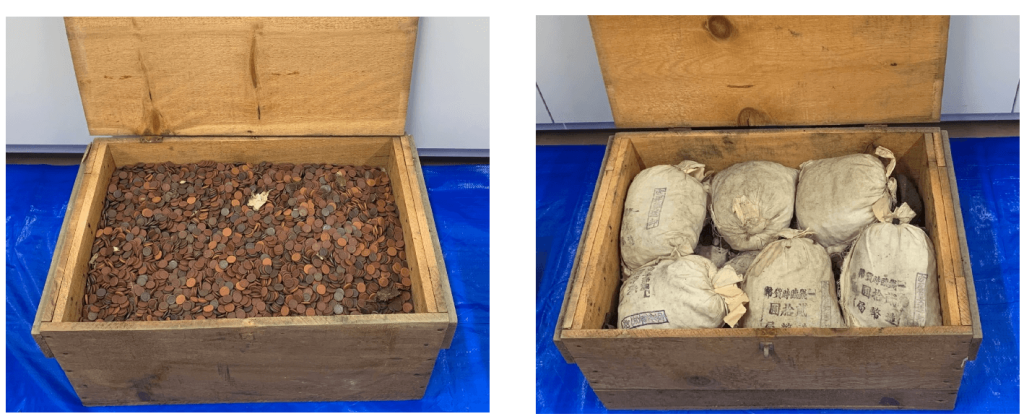
Officials say the discovery of such a large amount of ceramic coins is extremely rare. Packed in a total of 15 wooden boxes, the coins were found along with ceramic tea sets and plates made for export.
The Mint owned the coins, which were passed back to them recently. The mint accepted the coins and plans to exhibit them at the Mint Museum on its premises, as well as at its Saitama and Hiroshima branches.
The head of the Japan Mint, Goto Kenji, handed a letter of appreciation to Takami Tetsuo, the president of the firm that discovered the coins.
These coins offer a rare glimpse into an unusual chapter of wartime coinage. “This discovery holds great historical value,” a Mint official said. “It sheds light on a little-known period of Japan’s coin-making history.”
Cover Image Credit: Japan Mint

